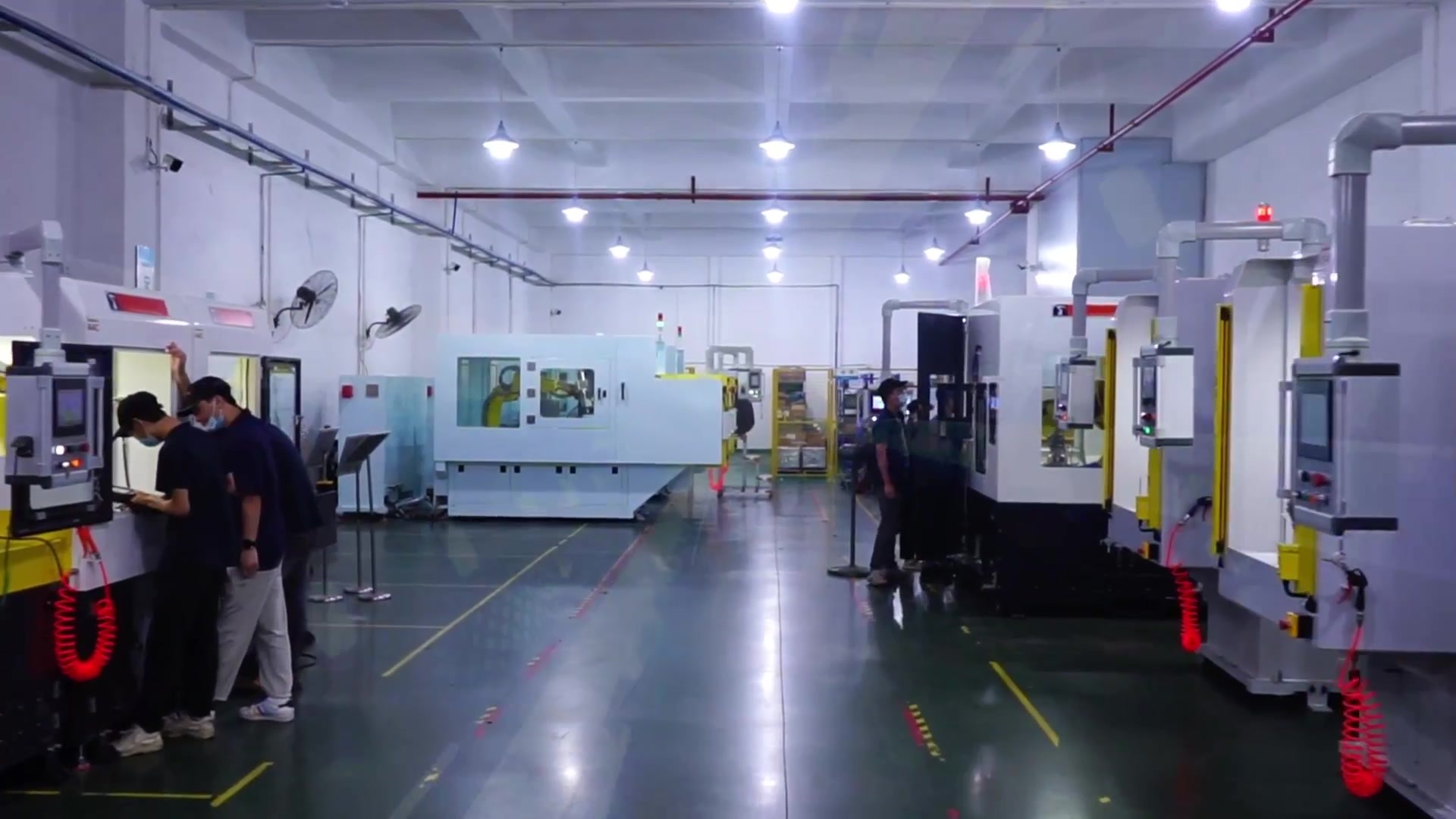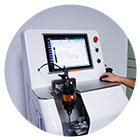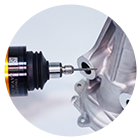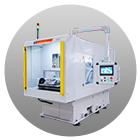

走進太威 ——
廣州太威機械有限公司坐落于中國廣州市黃埔區云埔工業區,是一家集研發、設計、制造、銷售及服務于一體的創新型中日合資公司。
TECHNO-WAVE是廣州太威機械有限公司自有品牌,作為較早研究機器人去毛刺自動化和標準化設備的制作商,太威已經成功開發和量產了20多個系列的去毛刺標準機,并且廣泛應用于鋁件、鑄鐵、鑄鋼、砂芯、注塑等材質的表面處理。
82
+
公司軟件著作與專利
20
+
公司產品種類別
1500
+
公司市場現有產品數量

太威·核心技術
Focus on robot application technology
Development of floating tools
Research on deburring machine technology and cutting tool
Deburring machine standard machine
NEWS
新聞中心 ——
一款顛覆性的創新產品,能否解決企業去毛刺省人化的痛點???
廣州太威機械有限公司受邀參加了4月11-12日安徽·蕪湖舉辦的NEIC2024新能源動力系統與零部件智造峰會,為大家分享了新能源汽車大型一體化壓鑄件去毛刺解決方案。
Apr 17,2024
廣州太威機械有限公司基本介紹
本公司致力于各種省人自動化系統方案的設計與制作。 主要產品為:去毛刺自動化系統、純氣式簡易洗凈機與小型排屑機等。 隨著近年汽車行業的發展與人工費高漲,自動化已漸漸取代了手工作業,成為市場的主流。 本司可按各顧客的需要來制定相應的高品質、安定的自動化作業系統,進一步達到節約成本,提高品質效率的目的。
Jan 30,2023
在線留言 / Message












